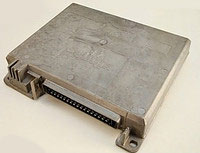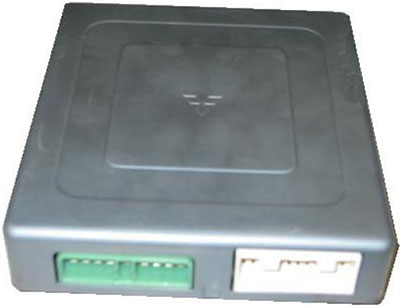The automotive industry has witnessed a remarkable transformation over the past few decades. Primarily driven by the need to reduce our carbon footprint and combat climate change. The rise of electric vehicles (EVs) has played a significant role in this shift. Offering a more sustainable and environmentally friendly alternative to traditional internal combustion engine vehicles. One of the latest developments in this field is wireless charging for EVs. A technology that promises to make electric vehicle ownership even more convenient and accessible. In this article, we’ll explore the concept of wireless charging for Electric Vehicles. Its working principles, advantages, challenges, and its potential impact on the future of transportation.

Understanding Wireless Charging for Electric Vehicles
Wireless charging, also known as inductive charging. It is a technology that enables electric vehicles to charge their batteries without the need for physical cables and connectors. Instead, it relies on electromagnetic fields to transfer power from a charging pad (or station) to the EV. The technology is quite similar to wireless smartphone charging. But operates at a much larger scale to provide the energy required to charge an EV’s high-capacity battery.
How Does Wireless Charging Work?
Wireless charging for electric vehicles is based on the principle of electromagnetic induction. Here’s how it works:
- Charging Pad (Base Station): The charging process begins at the base station, which is typically installed on the ground or embedded in a parking space. The base station consists of a coil that generates an alternating electromagnetic field.
- Vehicle Receiver Coil: The EV itself is equipped with a receiver coil, which is typically located on the vehicle’s underside. This coil is designed to pick up the electromagnetic field generated by the base station.
- Energy Transfer: When the EV is parked over the charging pad, the receiver coil in the vehicle interacts with the electromagnetic field, inducing an electrical current in the coil. This current is then converted into DC power, which is used to charge the vehicle’s battery.
- Charging Control: Advanced control systems ensure that the charging process is efficient and safe. These systems monitor the battery’s state of charge, adjust the power transfer rate, and can even stop charging if any safety issues are detected.
Advantages of Wireless Charging for Electric Vehicles
- Convenience: Wireless charging eliminates the need to plug in a physical cable, making the charging process more user-friendly. Drivers simply need to park their EV over the charging pad, and the system takes care of the rest.
- Increased Adoption: The convenience factor is likely to encourage more people to switch to electric vehicles, as it eliminates the perceived hassle of manual plug-in charging.
- Reduced Maintenance: Wireless charging can extend the life of EV components by reducing wear and tear associated with plug-in charging connectors and cables.
- Integration with Infrastructure: Public charging infrastructure can be seamlessly integrated into parking lots, streets, and other public spaces, making charging more readily available.
- Efficient Use of Energy: Wireless charging systems can be optimized for energy efficiency, reducing energy loss compared to some plug-in charging methods.
Challenges and Considerations
Despite the many advantages of wireless charging for EVs, there are also several challenges and considerations to address:
- Efficiency: Inductive charging can be less efficient than plug-in charging, with some energy loss occurring during the transfer process.
- Cost: The installation of wireless charging infrastructure can be expensive, which may initially limit its widespread adoption.
- Standardization: Standardization of wireless charging systems is crucial to ensure compatibility between different vehicles and charging stations.
- Alignment: Vehicles need to be accurately aligned with the charging pad for efficient energy transfer, which can be a challenge in some cases.
- Power Levels: High-power wireless charging is essential for fast-charging EVs, and ensuring safety at high power levels is a critical consideration.
The Future of EVs with Wireless Charging
Wireless charging for electric vehicles represents a promising future for the automotive industry. As the technology continues to evolve, we can expect the following developments:
- Widespread Adoption: As the technology becomes more affordable and standardized, it will likely see greater adoption among EV manufacturers and public charging infrastructure providers.
- Integration with Autonomous Vehicles: Autonomous vehicles can benefit significantly from wireless charging, as they can navigate to charging stations autonomously, making electric mobility more seamless.
- Extended Range: The convenience of wireless charging may encourage automakers to develop EVs with smaller batteries, which are lighter and less expensive, as they can be charged more frequently.
- Enhanced Infrastructure: Wireless charging infrastructure will become a common feature in urban areas, parking lots, and highway rest stops, reducing range anxiety for EV drivers.
Read more: The Evolution of Ford ECUs: From Carburetors to Cutting-Edge Control Systems
Conclusion
Wireless charging for electric vehicles is an exciting and innovative development. That has the potential to revolutionize the way we charge our EVs. While there are still challenges to overcome, the convenience, increased adoption, and potential. For widespread infrastructure integration make it a technology worth watching. As it becomes more affordable and efficient, wireless charging will play a pivotal role. In accelerating the transition to a greener and more sustainable transportation future.


